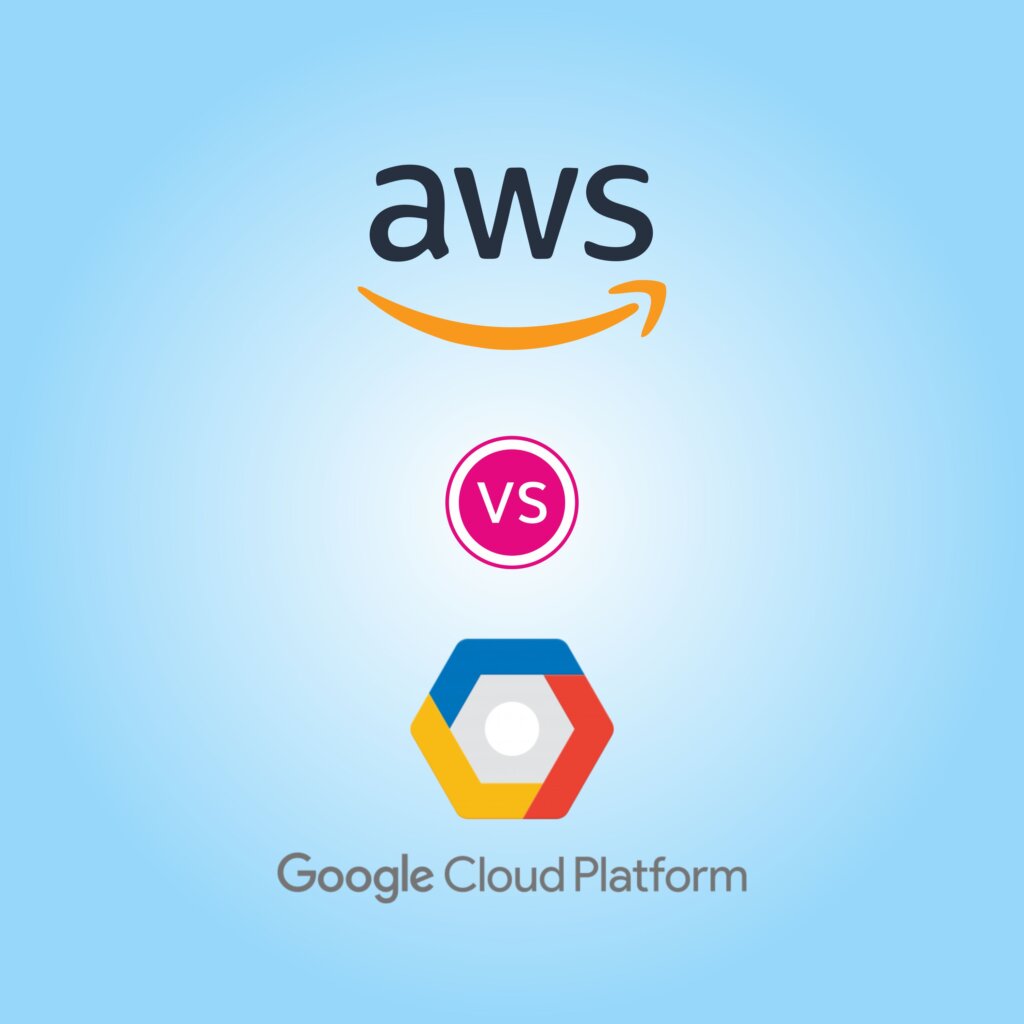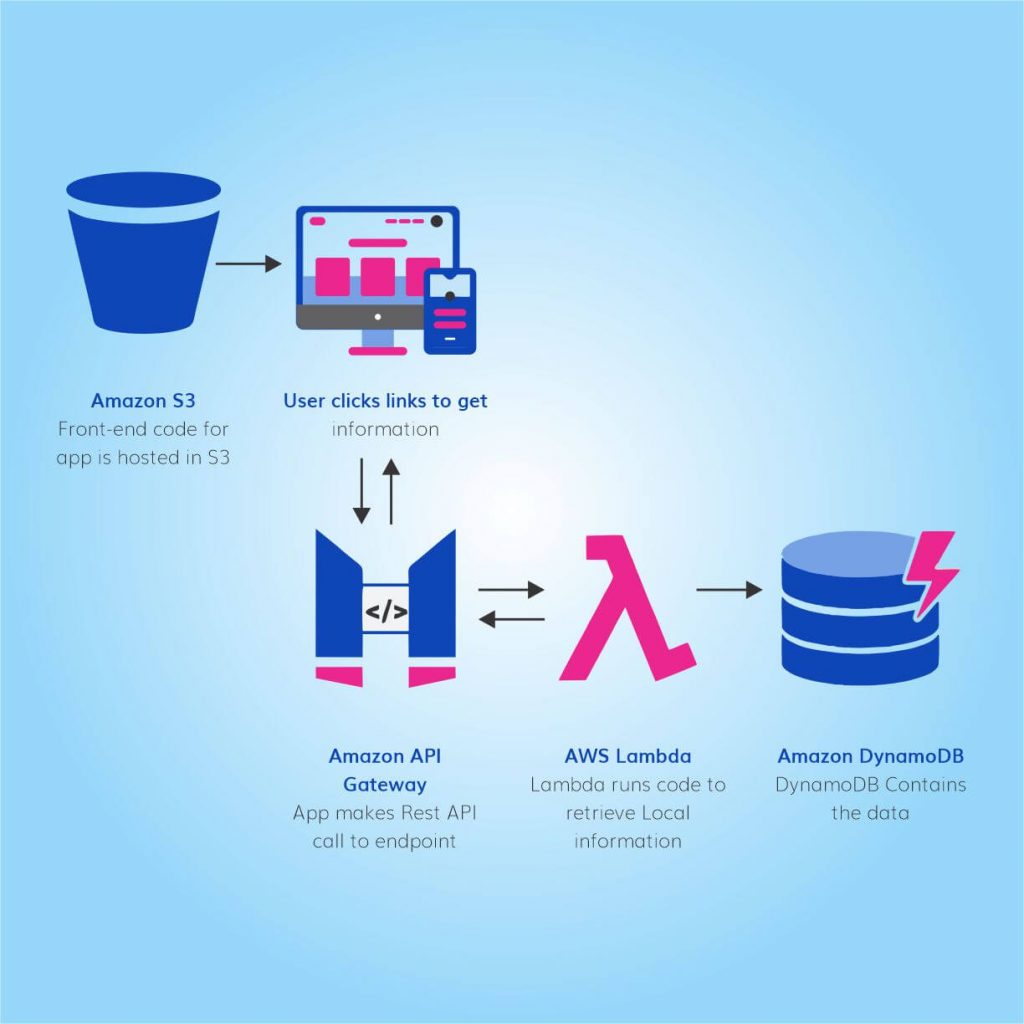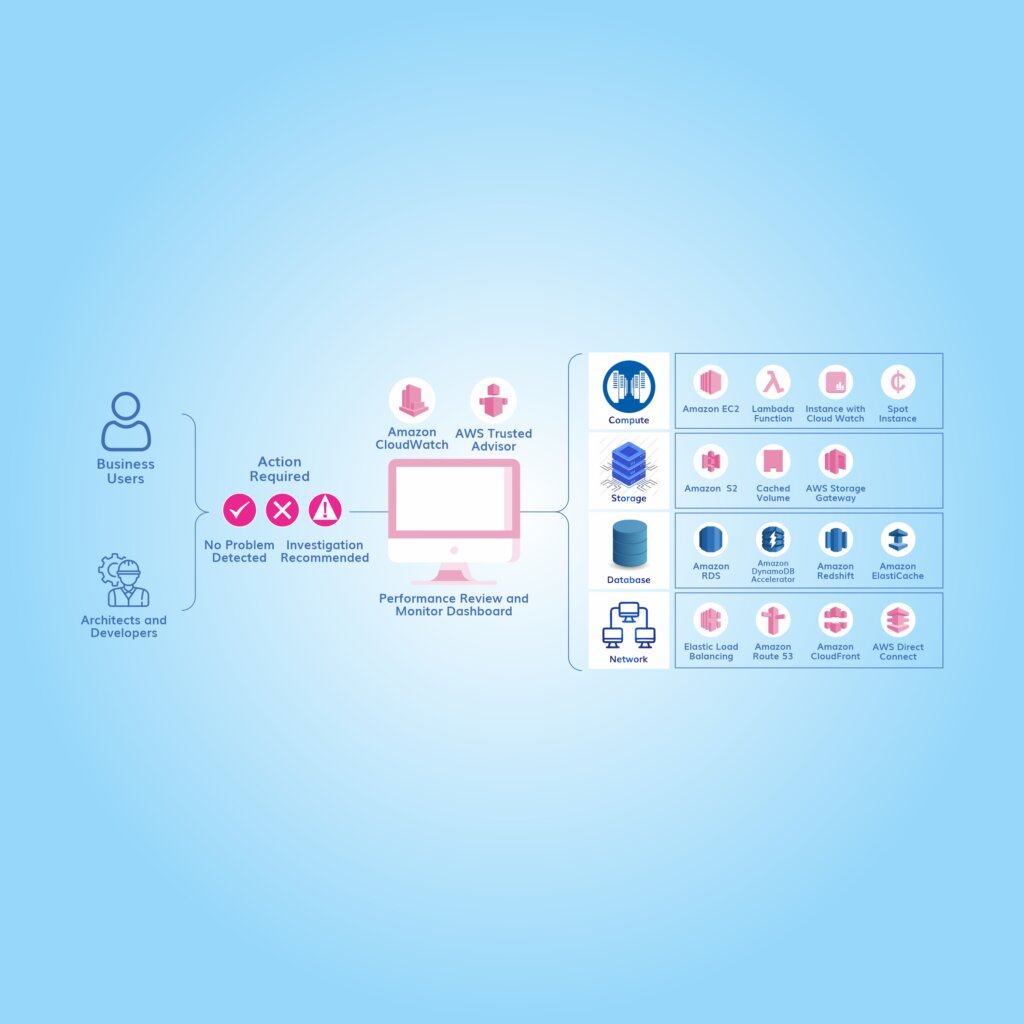How No-Code Low Code App Development Platform Helps to Unlock Creative Potential.
In the world of constantly evolving technology, businesses need to update their technology stack and take the latest tools & technology on board. While moving from one tool to another is imperative, one must be attentive enough to ensure that there are no flaws in the data migration process.
Data migration takes databases from one tool/software/technology to another while maintaining their integrity, security, and everything else. The wave of digitization is encouraging businesses from every domain to replace legacy systems and adopt cloud-based and customized tools. While technology/tools are switched, data has to be moved with full diligence.
In case you are migrating data from a legacy system to NetSuite and wondering what all you need to keep in mind, go through this guide as it covers the nitty-gritty of NetSuite data migration.
How Do No-code and Low-code Work?
The no-code and low-code are premium software processes that allow non-programmers to build systems, apps, and software. But they have some major differences, which are shown below:
This low code means the apps need less coding expertise than high-end and conventional software development. The most renowned low-code platforms are FileMaker Pro, Microsoft Access, and FileMaker Go, which allow users to drag and drop pre-written components and construct apps using a visual, user-friendly interface without writing any code. With fewer lines of code to learn, non-techies can create their own applications more easily.
On the other hand, no-code is an extension of the low-code notion, where tools can develop whole apps without writing any code. Therefore, these no-code platforms target eradicating coding by automating app development tasks through visual programming tools.
Looking for a sure-shot platform to deliver applications securely and faster?
Try iHOPR for free and explore how this next-gen platform helps to increase your developer’s productivity by 50%.
How Does No-Code Low Code App Development Unlock Creative Potential?
There are 3 absolute amenities that such app development fetches to companies: collaborative problem-solving, swift development, and right-sized business solutions.
-
It broadens doors for in-house problem solvers to do more
The process of visual development includes non-traditional actors. Unlike specialized coding, it is a language that everybody can understand. When working in a visual environment, team members who are not programmers might contribute problem-solving skills they might not have otherwise. Now, these non-technical individuals are in charge of their innovations.
People can now use NCLC to re-imagine how they operate to be better and more effective, in addition to developing the applications they will use themselves. They no longer rely on people to design programs for them because they don’t understand their fields as well as they do.
-
Enables nurture swift applications
Build-test-deploy integrations and predefined libraries are the two top features of no-code development platforms. These two crucial features let visual app developers skip lengthy development stages. Libraries offer handy jumping-off points so that visual developers can avoid starting from scratch and instead start from a strong framework they can tweak to fit their needs.
Applications can also swiftly enter workflows and be improved based on fast feedback when used in conjunction with build-test-deploy integrations. This guarantees that solutions can be immediately deployed to real-world settings.
-
Right-sized applications or business solutions
Platforms that back visual applications work strongly to restrict application bloat, which can take many different forms, such as excess features in ready-made software packages that aren’t appropriate for the needs of the business.
Applications can also swiftly enter workflows and be improved based on fast feedback when used in conjunction with build-test-deploy integrations. This guarantees that solutions can be immediately deployed to real-world settings.
Benefits and challenges of no-code and low-code platforms
-
Enhanced creative potential:
These low-code platforms are appropriate for a variety of users, including business managers who wish to understand how technologies like blockchain and artificial intelligence work.
People can now use NCLC to re-imagine how they operate to be better and more effective, in addition to developing the applications they will use themselves. They no longer rely on people to design programs for them because they don’t understand their fields as well as they do.
-
Hassle-free to use:
These low-code platforms are appropriate for a variety of users,
including business managers who wish to understand how technologies like blockchain and artificial intelligence work.
Challenges
-
No vendor controls:
Lack of transparency is one of the biggest challenges, as nobody knows if an organization can trust security measures.
The Final Word
According to 2021’s research no-code/low-code development, market has grown by 23%. By 2022, it’s expected that the problem-solving potential of the teammates will shine more. The subsequent steps are to train the entrepreneurs to use visualized app development and harness their creative spirits through no-code/low-code app development platforms. The earlier you adopt it, the more benefits you’ll reap.
Contact Us
We’d Love to Help You
Get in Touch
- Fill out a request form. Please brief your requirements in-detail. The more we know about your amazing idea, the better we will guide and assist you with project time and resources
- We’ll reach out to you on priority to discuss next steps in the meantime please check out our case studies and insights.
- We look forward to collaborating with you to bring your idea to the market sooner than the traditional route.
Related




